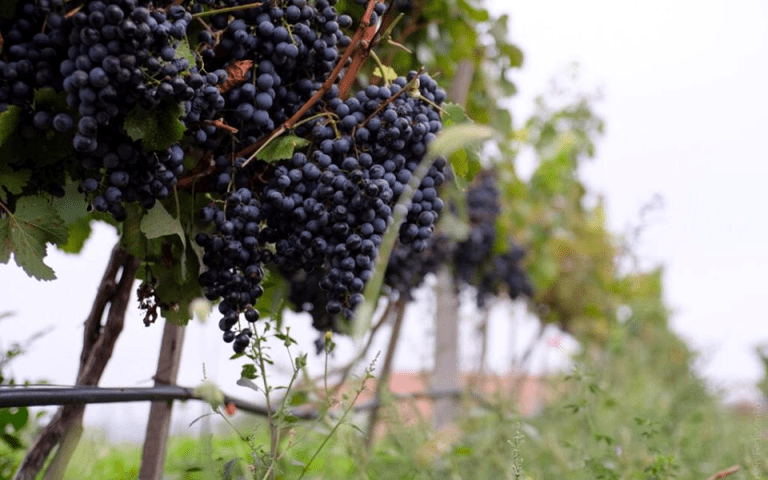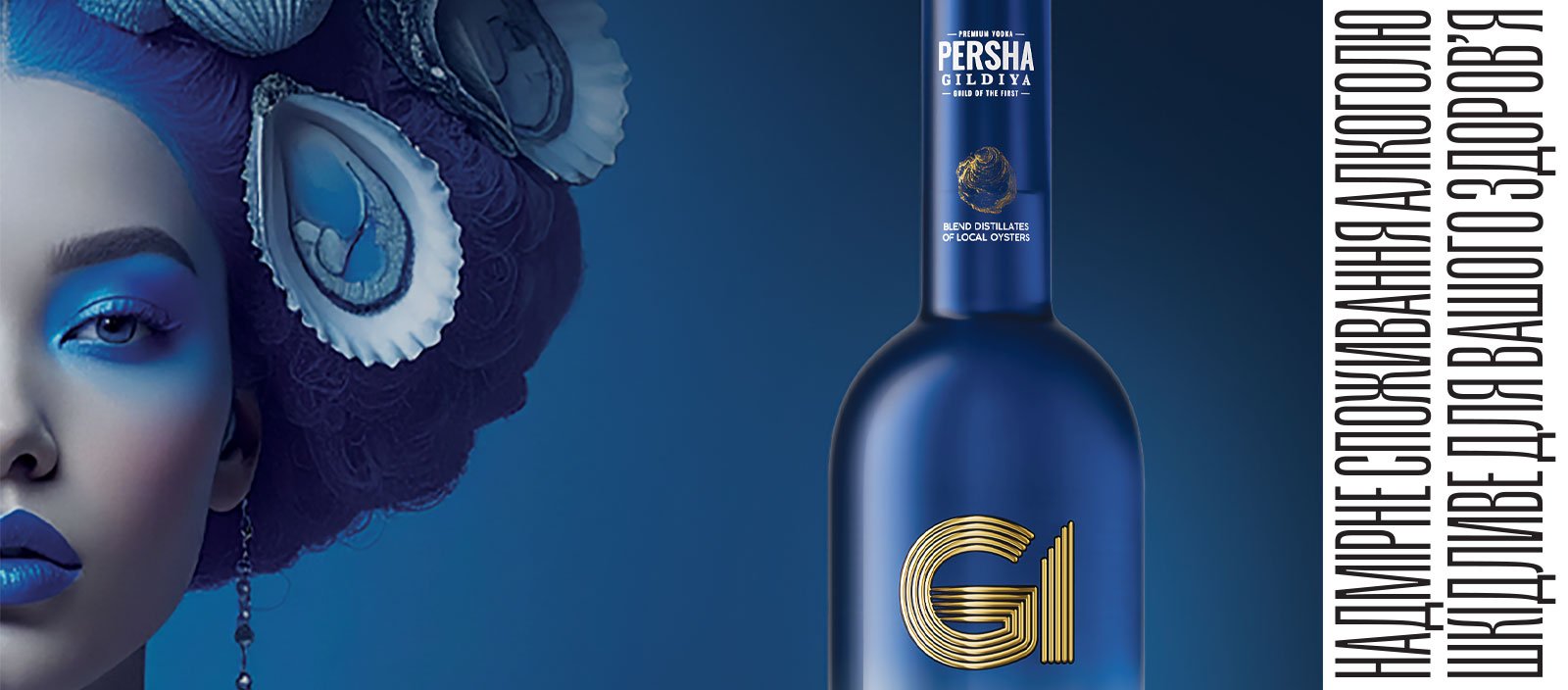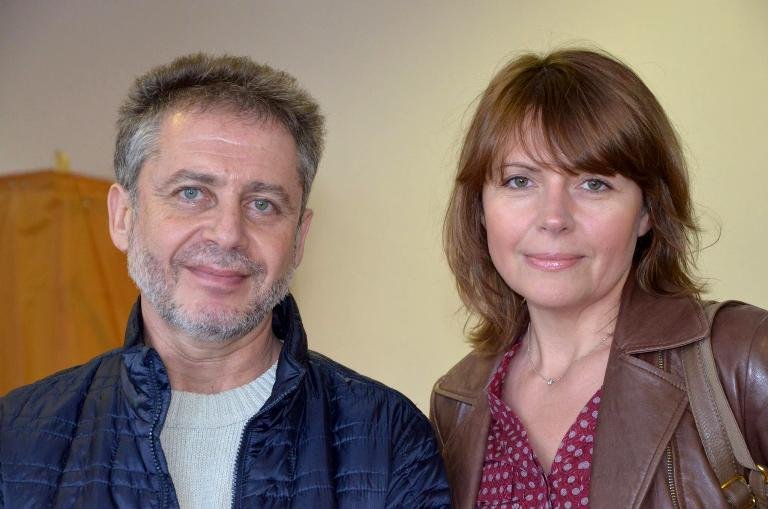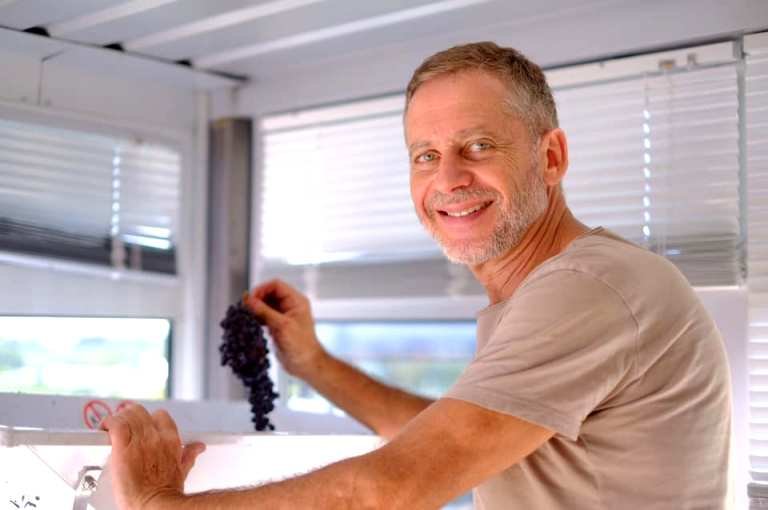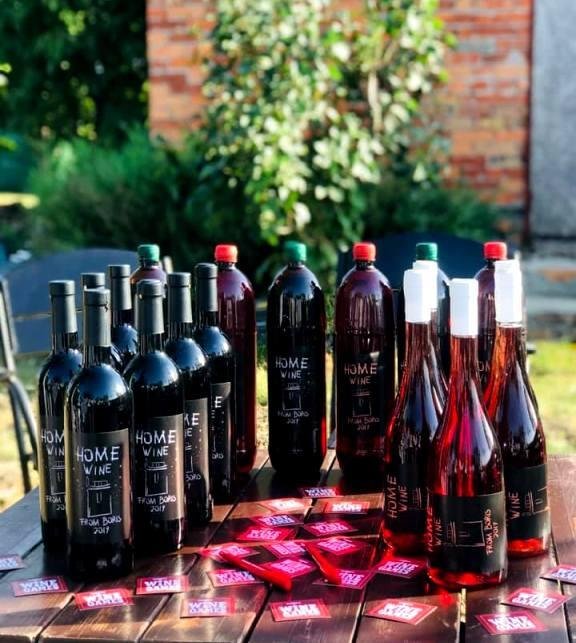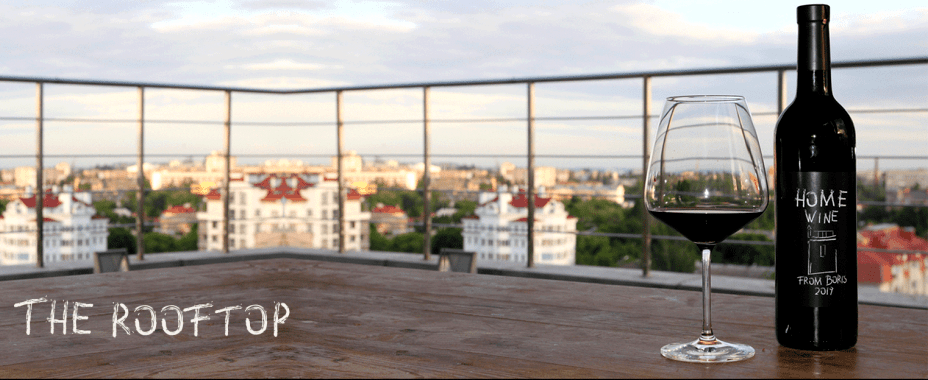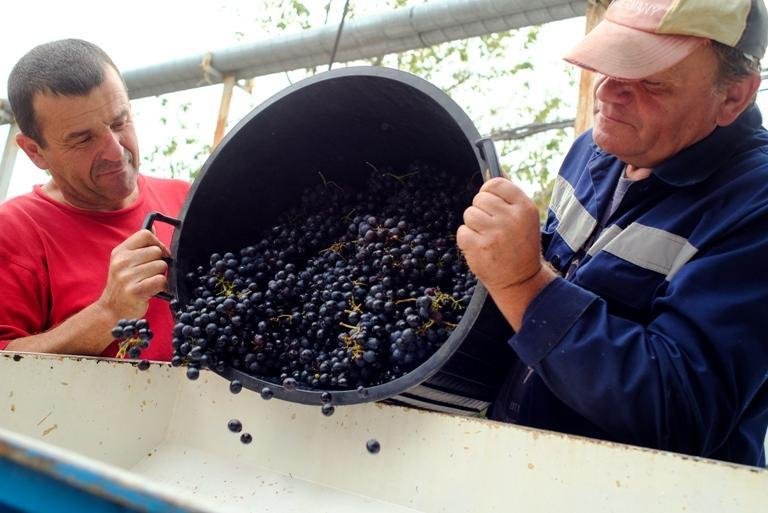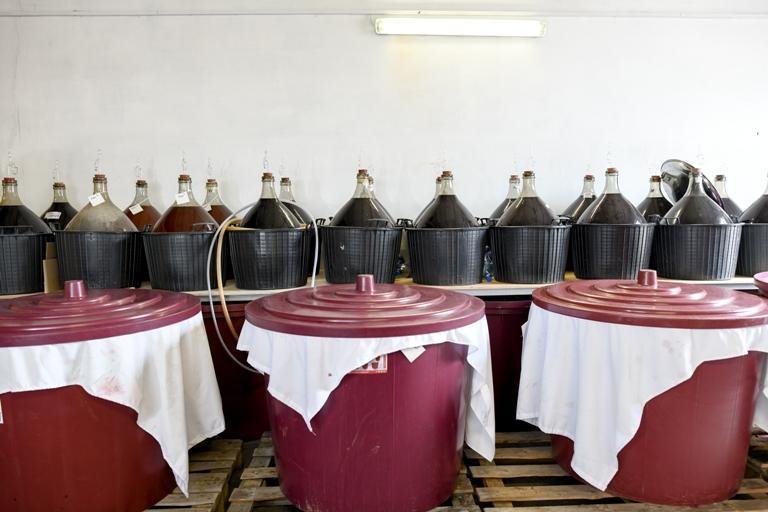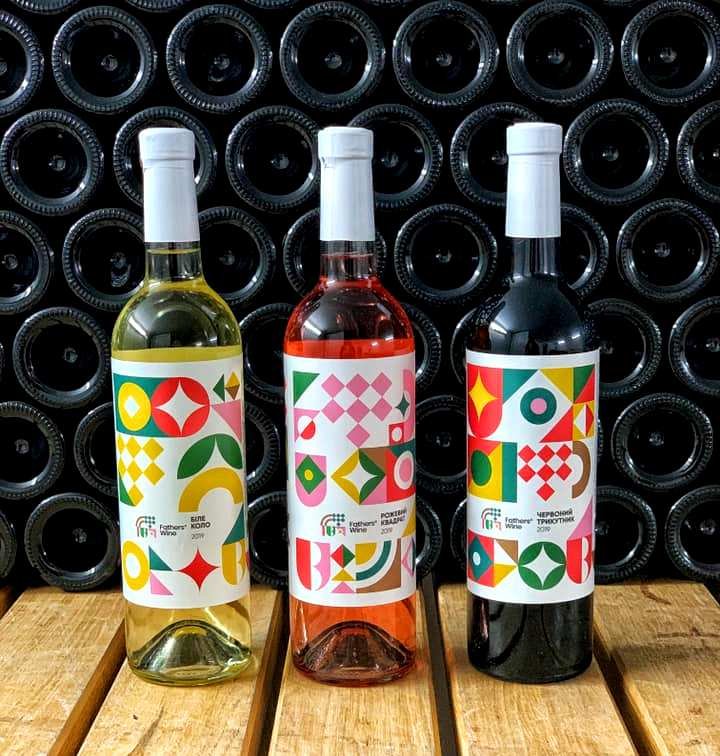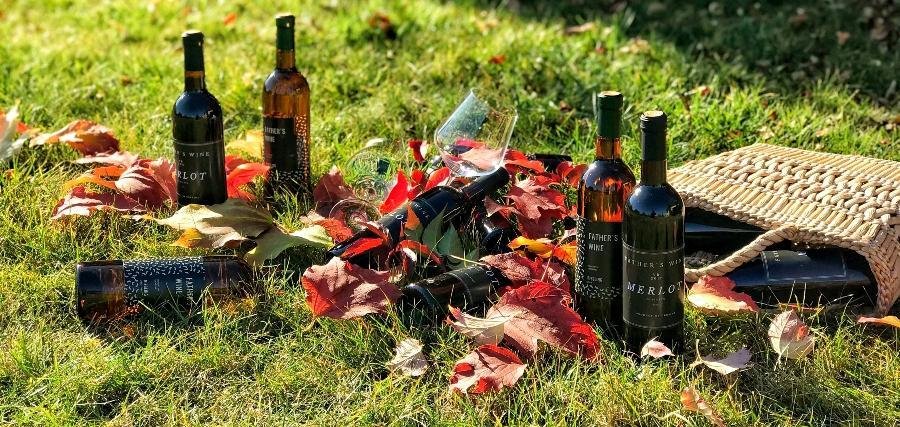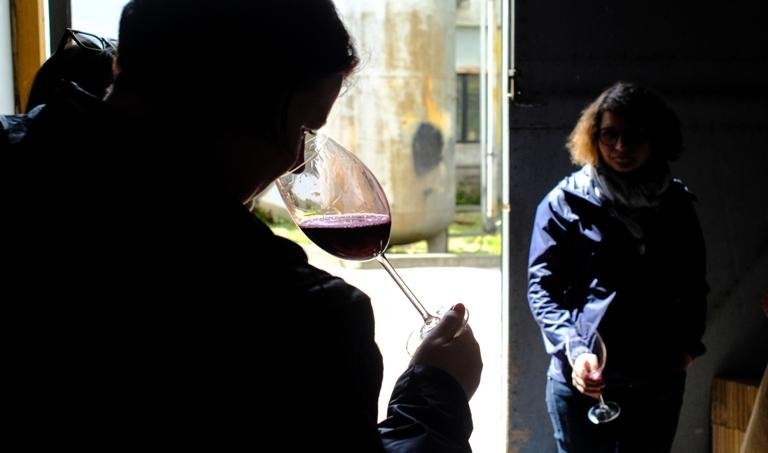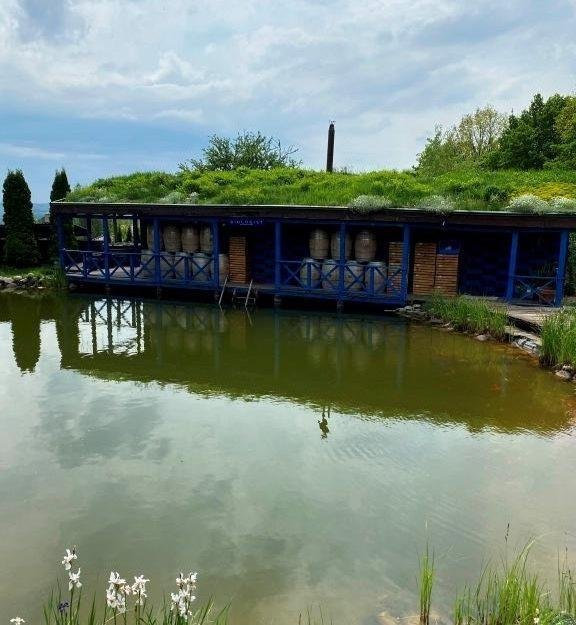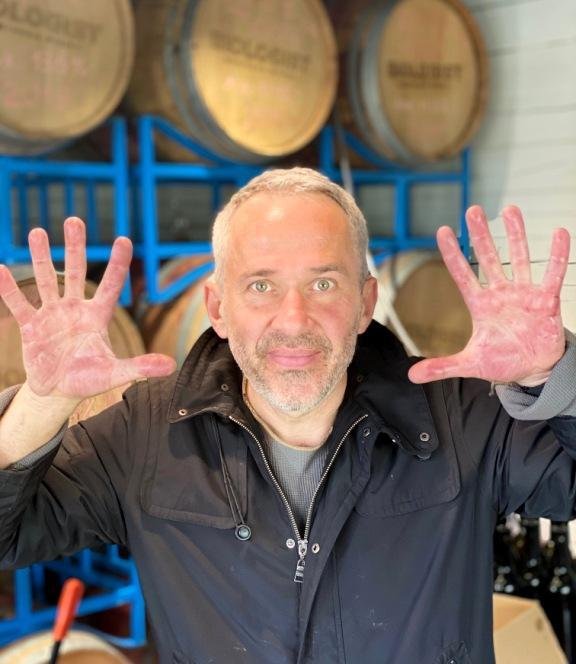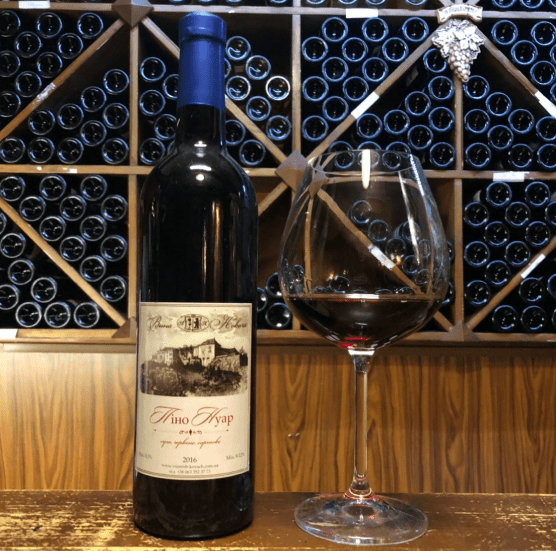Georgia – one of the ancient countries of the world with uninterrupted tradition of viticulture and winemaking.
Georgian Wine field:
- Vineyard – 55 thousand of hectares;
- The crop – approximate 250-300 thousand of tones;
- Production of wine – 2 mln hl;
- Export of wine – approximate 75 mln litres;
- Consummations of wine per capita – approximate 25 liters;
- Registered Georgian Wine Companies: >1000;
- About 350 companies export wine.
The news of 2020 is that Georgian amber wines have become the 8th category of wines added to the OIV list.
What is so special about Georgian wine:
- More than 525 indigenous grape varieties.
- As proof of its cultural significance, and in accordance with principles of Convention on Protection of Intangible Cultural Heritage of UNESCO, the ancient Georgian tradition of make wine in Qvevri has been assigned the status of National Monument of Intangible Cultural Heritage.
- Qvevri was the first vessel ever to be used in winemaking, with archaeological finds dating back 8000 years.
- The Vitis Vinifera grape originates from South Caucasus.
- South Caucasia is recognised to be the source of the world’s first cultivated grapevines.
- The majority of linguists agree that semantic meaning of the word “wine” is rooted only in Georgian language. The root of the word, “ghv,” is purely Georgian and is found in many Georgian words. GHVINO” – vino, vin, wine etc.
- Georgia’s ancient traditions and its wine culture are entwined with the country’s national identity. Wine is deeply entwined in the everyday life and culture. Even unique Georgian alphabet is modelled after the shape of the vines curly offshoots.
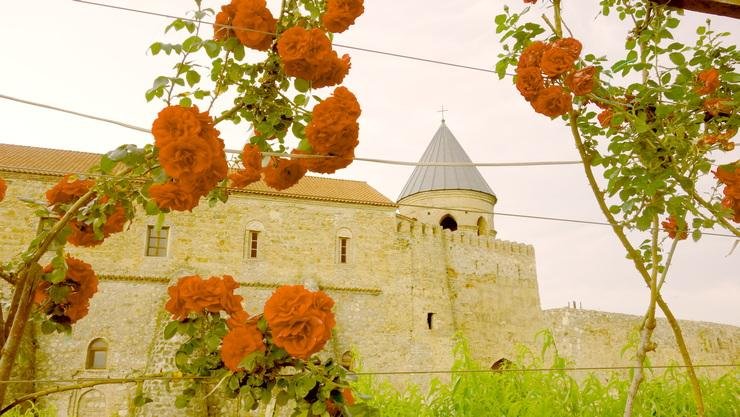
Vineyards and production
Georgian total vineyards – 55,000 ha, from which 72,4% located in Kakheti Region, 15,1% in Imereti, 7,4% in Kartli, 2,3% in Racha-Lechkhumi.
As for the wine production, in 2019 Georgian wine total production was 2 mln hl. The Industry expect the wine production to increase at 5,1% CAGR till 2025, reaching the output of 381 thousand tons. According to the National Wine Agency data, for the end of 2019, there are registered 1088 wine producing companies. From those 1088, 350 companies, work for the export.
Georgia is among the top 20 wine exporting countries globally and foreign demand is the main driver of the sector. Georgian wine export shares 37% in total production.
According to data 93,478,757 bottles (0,75) of wine have been exported from Georgia to 53 countries in 2019. Total amount of exported wine value has been estimated as 237,967,015 United States dollars. Beside the fact, that qvevri wine and Georgian traditional winemaking method are one of the main messages for promotion of Georgian wine in the world, still the percentage of qvevri wine in total export amount is 3-5%.
75% of Georgian wine export comes on red wine. Concerning categories, amount of wine from protected places of origin is 33% of total quantity.
According to 2019 export data, from the wine of protected places of origin, the biggest percentage comes on Kindzmarauli – 57%, Mukuzani – 17%, Tsinandali – 14%, Akhasheni – 5%, Khvanchkara – 3%, the rest of the wines from protected places of origin represents 4% of total amount of export.
Wine-producing regions
Kakheti
Kakheti is the most important Georgian winemaking region. The vineyards are located in the Alazani and Iori basins, at 400-700 m asl. Of 20 aboriginal wines registered in Georgia 15 belong to Kakheti, such as Tsinandali, Gurjaani, Vazisubani, Manavi, Kardanakhi, Tibaani, Kakheti, Kotekhi, Napareuli, Mukuzani, Teliani, Kindzmarauli, Akhasheni, Kvareli and Khashmi. Among grape varieties there should be noted: Rkatsiteli, Saperavi, Qisi, Khikhvi, Budeshuri, Mtsvivana, Kakhuri Mtsvane, Sapena, Kunsi, Tavkveri etc.
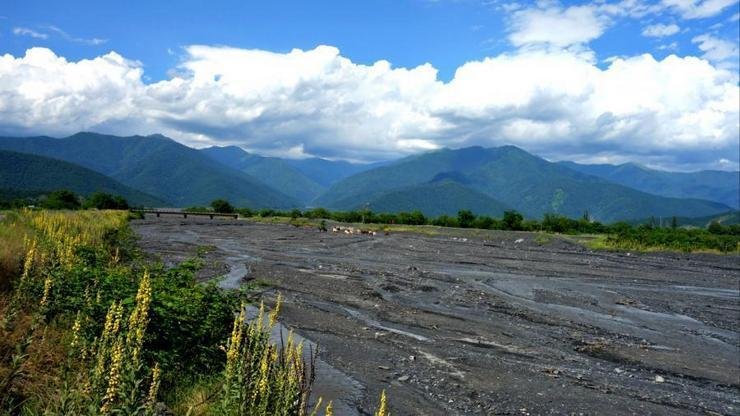
The most wide-spread grape variety in Kakheti is Saperavi. Saperavi is used to produce wonderful rose and sparkling wines. Kakhetian traditional wine technology consists in pressing grape in a Satsnakheli (wine press) and pouring the grape must (badagi) in the qvevri. After completion of alcoholic fermentation the “chacha” (grape pulp) sinks to the bottom and the qvevris are closed and after malolactic fermentation the qvevris are closed hermetically. In March the first racking occurs. After that wine is aged for about a year and systematically controlled.
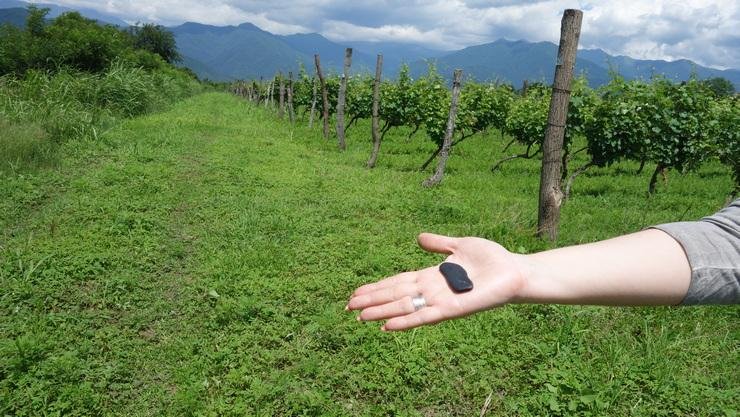
Kartli
Kartli is known for its high-quality sparkling wines.The vineyards are cultivated at 450-700 meters above sea level. Notable white varieties are Chinuri, Gori Mtsvane, Budeshuri. The red varieties are Tavkveri, Shavkapito and Saperavi. Also we can meet rare varieties: Jvari, Andreuli, Aragvispiruli, Grdzelmtevana, Melikuda, Chrogha, Kharistvala, Rko, Dzelshavi. Of the place of origin-named wines – Atenuri.
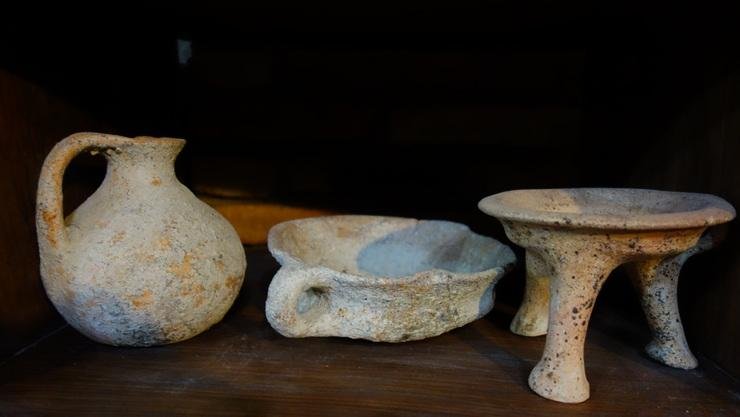
Racha – Lechkhumi
Racha – Lechkhumi is distinguished other regions by scarcity of vineyards and rare grape varieties. The most widespread varieties are Tsulukidze Tetra and Tsolikouri, Aleksandrouli, Mudjuretuli, Rachuli Dzelshavi, Usakhelauri and Orbeluri. Racha encompasses the bigger section of Ambrolauri district.
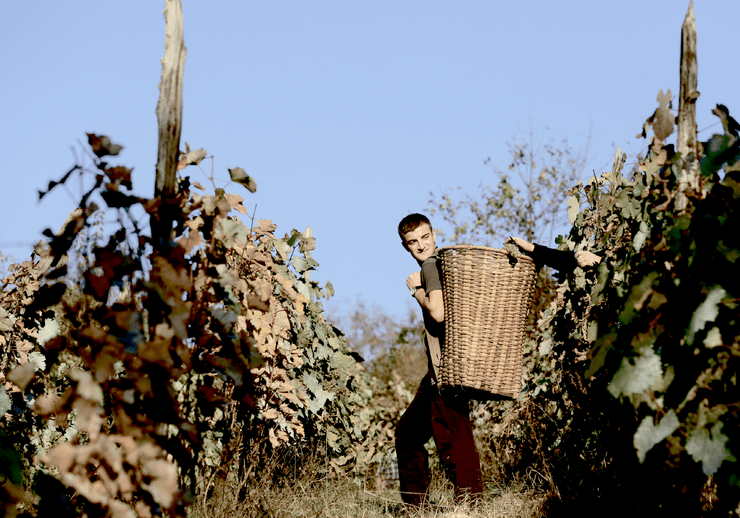
The vineyards here are grown mostly on the slopes of River Rioni gorge. The lower Racha is renowned for Khvanchkara micro-zone. Main microzones of Lechkhumi district are: Tsageri, Orbeli, Alpana-Tvishi, Zubi-Okureshi. Among the most notable wines in this region are Usakhelouri and the place of origin named wines are Khvanchkara and Tvishi.
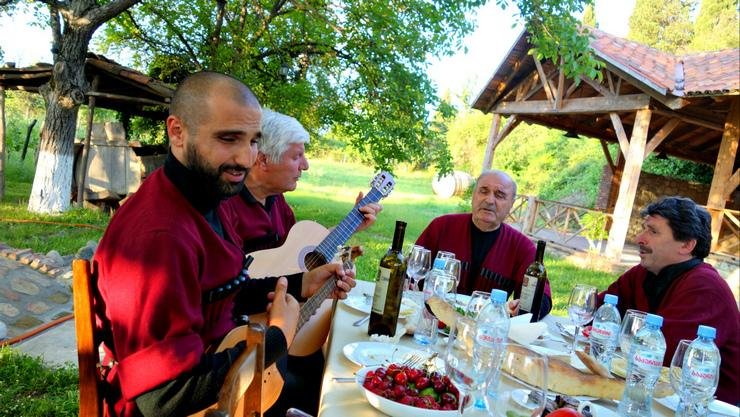
Tvishi micro-zone climate provides high sugar content and acidity in Imeretian grape variety Tsolikouri, and exactly this micro-zone Tsolikouri is made naturally semi-sweet white wine Tvishi. It should be also noted Orbeli Ojaleshi which by its nature differs Mingrelian Ojaleshi.
Imereti
Imereti is one of the most diverse regions of Georgian wine making, climatic condition and soil composition are very different and so the wines are also different. The varieties spread in Imereti are: Tsolikauri, Thiska, Krakhuna, Kvishkhuri, Dondghlabi, Bazaleturi, Kundza, Otskhanuri Sapere, Rko, Adanasuri, bzvanura, Black Dondghlabi, Dzelshavi, Aladasturi, Vani Chkhaveri etc.
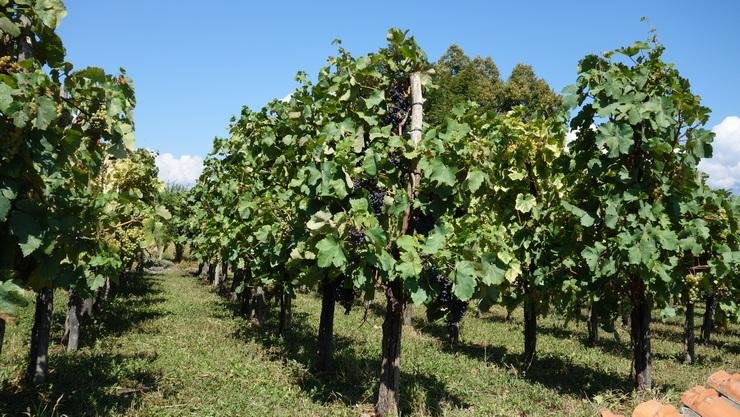
Traditional winemaking here as well as in other regions is linked with qvevri, which is called Churi in Imereti. Unlike Kakhetian traditional wine here less must is added to chacha. After fermentation the wine the wine is left in Churi for about 2 months and then removed the pulp, transfer to the barrels and process. The wine of Imeretian type has beautiful yellow color, full, quite harmonious and cheerful.
Imereti is famous for Sviri Krakhuna, Obchuri Tsolikouri and Kvalituri Tsiska. The place of origin wines – Sviri should be noted among them, in which three sorts of grapes – Tsitska, tsolikouri and Krakhuna are used.
The editorial team would like to thank the National Wine Agency of Georgia for the information provided.
Georgia – one of the ancient countries of the world with uninterrupted tradition of viticulture and winemaking.
